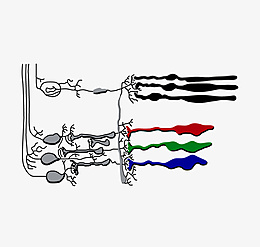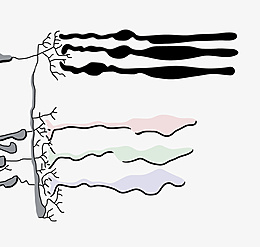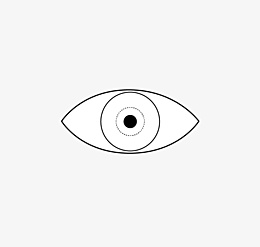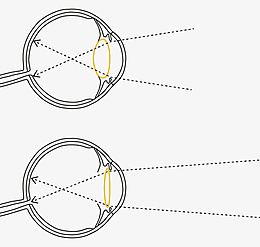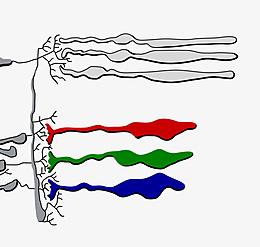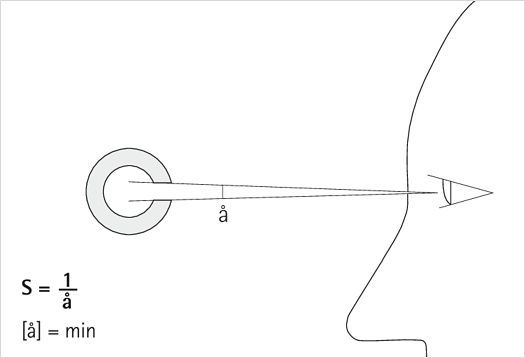
Visual acuity means the ability of the eye to see contours and patterns in a detailed and sharply delineated way. Visus is the medical term for this. The sharper the visual impression, the higher the Visus. The adjustment of visual acuity and differently distanced objects is called accommodation.
Tests are carried out with vision charts, e.g. with letters or special ring shapes with gaps (Landolt rings). Visual acuity, visual power, visual strength or, in medical terms, Visus – there are several terms for the eye's ability to see something in detail.

